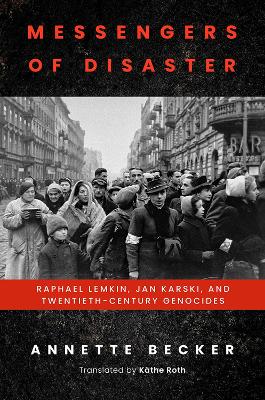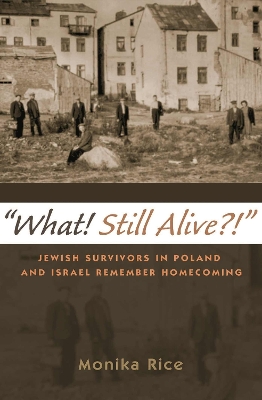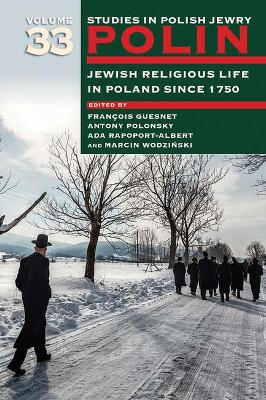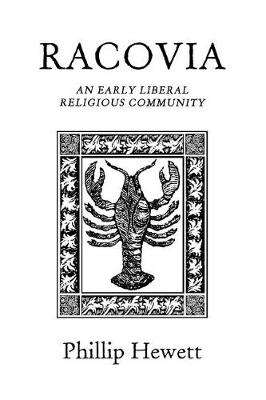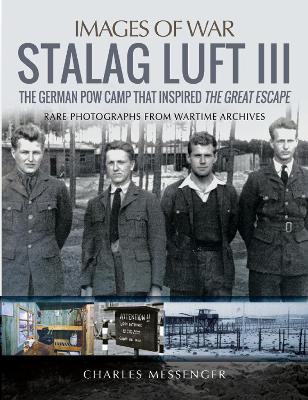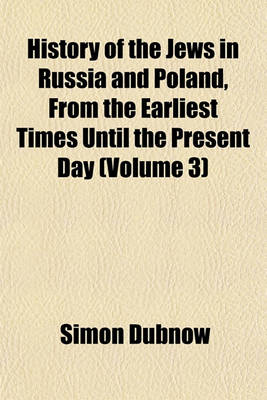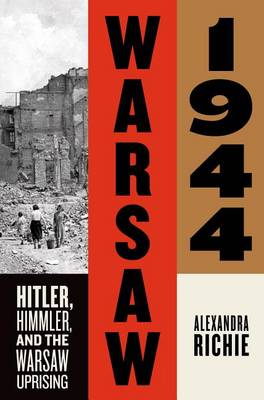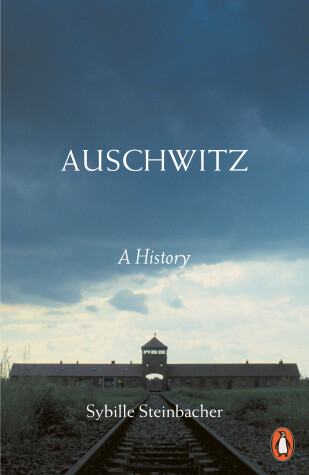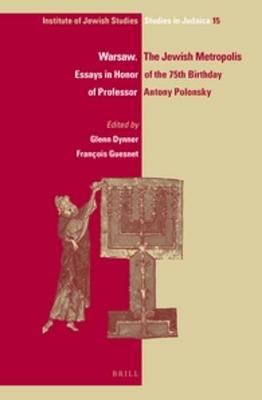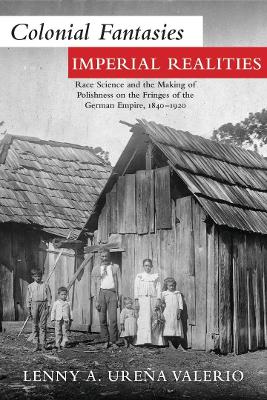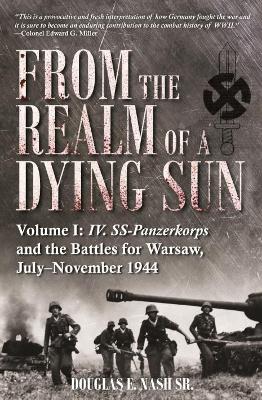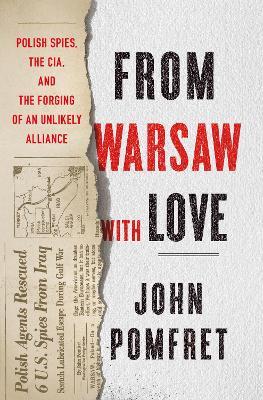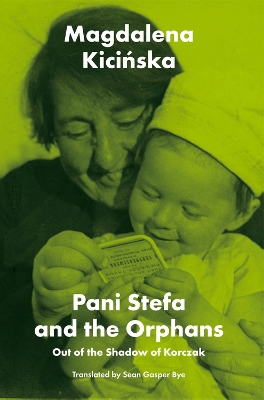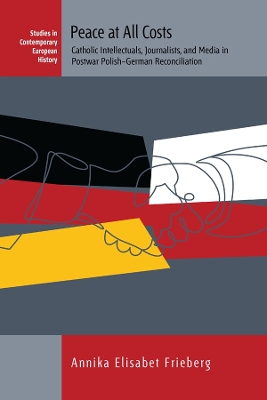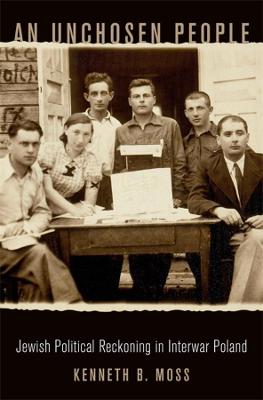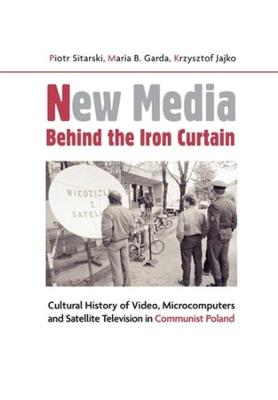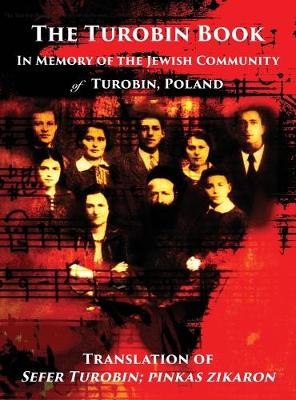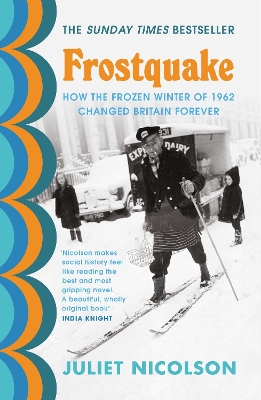The innumerable contributions of Polish immigrants and their descendants on communities in North America can be seen on monuments, bridges, churches, cultural centers, and cemeteries across the continent. These "footprints" of Polonia (the Polish diaspora), commemorating towering events and figures from history that are a source of pride among Polish Americans, are cataloged for readers in this unique volume. From Revolutionary War heroes Tadeusz Kosciuszko and Casimir Pulaski to more recent fig...
Messengers of Disaster (George L. Mosse the History of European Culture, Sexuality, and Ideas)
by Annette Becker
Leading up to World War II, two Polish men witnessed the targeted extermination of Jews under Adolf Hitler and the German Reich before the reality of the Holocaust was widely known. Raphael Lemkin, a Jewish lawyer who coined the term "genocide," and Jan Karski, a Catholic member of the Polish resistance, independently shared this knowledge with Winston Churchill and Franklin D. Roosevelt. Having heard false rumors of wartime atrocities before, the leaders met the messengers with disbelief and in...
""What! Still Alive?!"" offers a powerful and deeply affecting examination of the complex memories of Jewish survivors returning to their homes in Poland after the Holocaust. These survivors left unparalleled testimonies of their first impressions with the Jewish historical commissions from 1944 to 1950. As many survivors found they were no longer welcome by their Polish neighbors, they chose to settle in the new state of Israel. Again, these surviving Jews left testimonies describing their pos...
Polin: Studies in Polish Jewry Volume 33 (Polin: Studies in Polish Jewry, #33)
Following tremendous advances in recent years in the study of religious belief, this volume adopts a fresh understanding of Jewish religious life in Poland. Approaches deriving from the anthropology, history, phenomenology, psychology, and sociology of religion have replaced the methodologies of social or political history that were applied in the past, offering fascinating new perspectives. The well-established interest in hasidism continues, albeit from new angles, but topics that have barely...
In early 1942 the Third Reich opened a maximum security Prisoner Of War camp in Lower Silesia for captured Allied airmen. Called Stalag Luft III, the camp soon came to contain some of the most inventive escapers ever known. The escapers were led by Squadron Leader Roger Bushell, code-named 'Big X'. In March 1944, Bushell masterminded an attempt to smuggle hundreds of POWs down a tunnel build right under the notes of their guards. In fact, only 79 Allied airmen clambered into the tunnel and only...
History of the Jews in Russia and Poland, from the Earliest Times Until the Present Day (Volume 3)
by Simon Dubnow
As Antony Beevor cast new light on the Battle of Stalingrad, Alexandra Richie here unearths the traumatic story of one of the last major battles of World War II, in which the Poles fought off German troops, street by street, for sixty-three days. The Warsaw Uprising of August 1944 was a shocking event in a hideous war. This is the first account to recall the tragedy from both German and Polish perspectives and asks why, when the war was nearly lost and resources were so urgently needed...
At the terrible heart of the modern age lies Auschwitz. In a total inversion of earlier hopes about the use of science and technology to improve, extend and protect human life, Auschwitz manipulated the same systems to quite different ends. In Sybille Steinbacher's terse, powerful new book, the reader is led through the process by which something unthinkable to any European in the 1930s had become a sprawling, industrial reality during the course of the world war. How Auschwitz grew and mutated...
Warsaw. The Jewish Metropolis (paperback) (IJS Studies in Judaica, #15)
Warsaw was once home to the largest and most diverse Jewish community in the world. It was a center of rich varieties of Orthodox Judaism, Jewish Socialism, Diaspora Nationalism, Zionism, and Polonization. This volume is the first to reflect on the entire history of the Warsaw Jewish community, from its inception in the late 18th century to its emergence as a Jewish metropolis within a few generations, to its destruction during the German occupation and tentative re-emergence in the postwar peri...
Colonial Fantasies, Imperial Realities (Polish and Polish-American Studies)
by Lenny A. Urena Valerio
In Colonial Fantasies, Imperial Realities, Lenny Urena Valerio offers a transnational approach to Polish-German relations and nineteenth-century colonial subjectivities. She investigates key cultural dynamics in the history of medicine, colonialism, and migration that bring Germany and Prussian Poland closer to the colonial and postcolonial worlds in Africa and Latin America. She also analyzes how Poles in the German Empire positioned themselves in relation to Germans and native populations in...
Poland and the Holocaust in the Polish-American Press, 1926-1945
by Magdalena Kubow
Contrary to the common notion that news regarding the genocide was unavailable or unreliable, news from Europe was often communicated to North American Poles through the Polish-language press. This work engages with the origins of this debate and demonstrates that the Polish-language press covered seminal issues during the inter-war years, the war, and the Holocaust extensively on their front and main story pages, and were extremely responsive, professional, and vocal in their journalism. From P...
During World War Two, the armed or Waffen-SS branch of the Third Reich’s dreaded security service expanded from two divisions in 1940 to 38 divisions by the end of the war, eventually growing to a force of over 900,000 men until Germany’s defeat in May 1945. Not satisfied with allowing his nascent force to be commanded in combat by army headquarters of the Wehrmacht, Heinrich Himmler, chief of the SS, began to create his own SS corps and army headquarters beginning with the SS-Panzerkorps in Jul...
Although it was characterized by simmering international tensions, the early Cold War also witnessed dramatic instances of reconciliation between states, as former antagonists rebuilt political, economic, and cultural ties in the wake of the Second World War. And such efforts were not confined to official diplomacy, as this study of postwar rapprochement between Poland and West Germany demonstrates. Drawing on a wide range of sources, Peace at All Costs follows Polish and German non-state acti...
A revisionist account of interwar Europe’s largest Jewish community that upends histories of Jewish agency to rediscover reckonings with nationalism’s pathologies, diaspora’s fragility, Zionism’s promises, and the necessity of choice.What did the future hold for interwar Europe’s largest Jewish community, the font of global Jewish hopes? When intrepid analysts asked these questions on the cusp of the 1930s, they discovered a Polish Jewry reckoning with “no tomorrow.” Assailed by antisemitism and...
During the years of the Polish People's Republic, Poles were cut off from the western world. Travel was restricted, as was access to outside culture and goods. This unique situation led to a period of great ingenuity in the realm of new media. Not only were media adapted to suit Poles' needs, but new technology was fashioned to gain access to western television, film and video games. Bringing people together, VCRs, computers and satellite television were thus a window to the outside world and co...
** THE SUNDAY TIMES BESTSELLER **'This book is a must' Peter HennessyOn Boxing Day 1962, when Juliet Nicolson was eight years old, the snow began to fall. It did not stop for ten weeks.The threat of nuclear war had reached its terrifying height with the recent Cuban Missile Crisis, unemployment was on the rise, and yet, underneath the frozen surface, new life was beginning to stir.From poets to pop stars, shopkeepers to schoolchildren, and her own family's experiences, Juliet Nicolson traces the...


